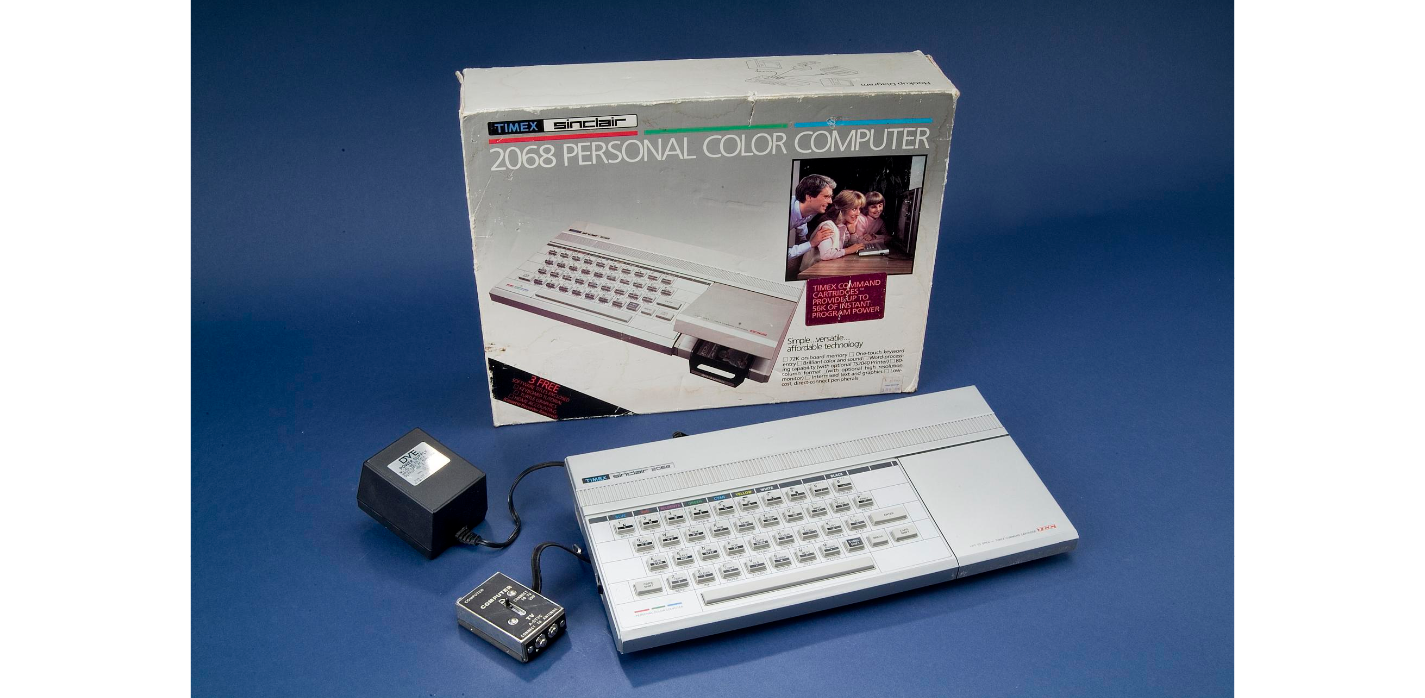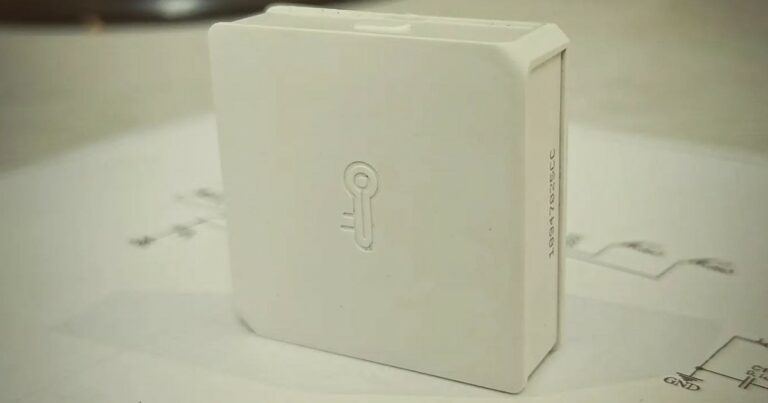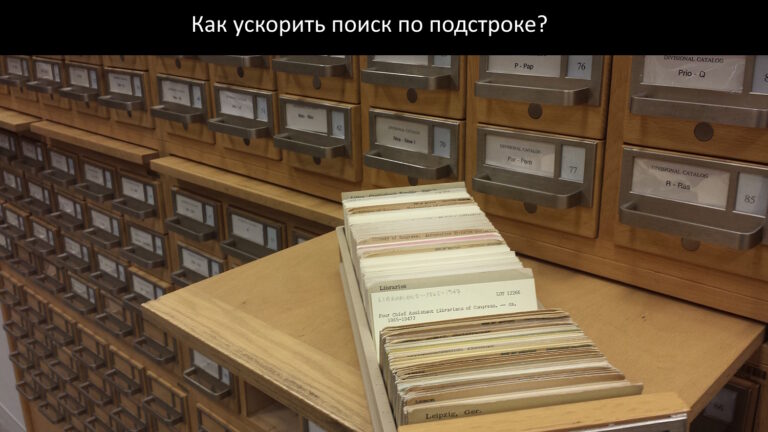The failure of the ZX Spectrum in the US. Timex 2068

Previous article
about the ZX80/81 and Timex 1000 models gathered a lot of responses, and the poll showed that the topic of the ZX Spectrum and the Sinclair/Timex collaboration should be continued.
In this publication, I will talk about how the analogue of the ZX Spectrum appeared in the USA, how it differed from the model from the UK, and also about how it turned out that it did not become as widespread in the USA as the Speccy in Europe.
First, let’s talk a little about Timex.
For most, the company is associated with watches, for example, I have the following in memory of the 8-bit era:
 Timex T80 x PACMAN
Timex T80 x PACMANIn addition to watches, the company has produced a lot of other equipment since its founding in the 19th century. For example, timers were produced for defense companies during World War II, which continued to be ordered during the Korean War.
In peacetime, Timex increased its production of wristwatches and built new factories in the US, Europe and Asia. Due to this, there was excess capacity that had to be used. One of the first “contract” was Polaroid, for which Timex produced more than 44 million cameras in the 70s.
The availability of spare capacity led to an agreement between Timex and Sinclair to manufacture the ZX81 at a plant in Dundee (Scotland). By that time, sales of the Sinclair ZX81 itself in the United States had already exceeded half a million units. Timex sold the ZX81 under its own brand.
Timex Computer was specially created for the production of computers. In just three months from the start of sales, buyers purchased 600,000 analogues of the ZX81 (Timex 1000). That’s about 25% of the entire home PC market in 1982!
The agreement extended to future Sinclair computers as well. This is how Timex Sinclair 2068 was born, which was released at the end of 1983. Unfortunately, the home PC market was already crowded at the time. And this is not the only reason why the computer has not become as popular in the US as the ZX Spectrum in the UK.
 Advertisement TS 2068
Advertisement TS 20682068 had noticeable differences from its English relative. Correct me if I forgot something.
 TS 2068 board
TS 2068 board- Island keyboard. Noticeably more comfortable than the membrane in the ZX Spectrum.
- 24K ROM (16K BASIC, 8K EXROM with extensions). For example, Sinclair BASIC received new commands: STICK, SOUND, ON ERR, FREE, DELETE, RESET.
- 48K RAM.
- Coprocessor AY-3-8910 (there was no separate output, the sound was output to the built-in speaker).
- Cartridge slot.
- Two ports for joysticks.
- Composite output and antenna.
- Output and input for the tape recorder.
- Two screen modes:
Standard color mode 256×192 pixels by 32×24 characters
Monochrome 512×192 pixels
In addition, the computer was equipped with a high-quality and complete programming manual, which was not widespread at that time.
 User Manual TS 2068
User Manual TS 2068
A great set for that time for $ 199, which we could only dream of even in the 90s, isn’t it?
I came across an advertisement for the ZX Spectrum and ZX81 on the cover of the April 1983 Radio-Electronics magazine while looking for scans of back editions of the 2068 advertisements and descriptions.

Advertisement for TS 2068 in Radio-Electronics magazine
But after digging around in the same issue, I found an advertisement for the Commodore VIC-20. Already for 139 dollars.

Yes, the VIC-20 did not have AY-3-8910 and 48KB of memory, but it had a comfortable keyboard, undoubtedly much more decent than graphics, peripherals (disks and printers) and, more importantly, a lot of ready-made software.

VIC-20
In a June 1983 magazine binder advertisement, the VIC-20 cost $89 and the Commodore 64 $197.
Another misfortune was that the TS 2068 differed from the Speccy in its ROM firmware, which made it impossible to load ZX Spectrum games. I managed to find only a few dozen games for him in the form of cassettes and cartridges. Moreover, most of them did not use either 48K memory or a sound coprocessor.

Cartridges for TS 2068
A special ZX Spectrum emulator cartridge for the Timex 2068 was produced. You could also simply replace the ROM (in this case, you would lose access to the extended memory and sound coprocessor). But that didn’t help the situation. Everything that users were used to was missing: there were practically no peripherals for the TS 2068 (disk drives and printers came out later, and the tape recorder remained the only source of download).
In the end, only about 80,000 “unlucky” computers were produced, most of which were sold in South America.
Timex exited the home computer market in February 1984. By then, the price of the TS 1000 had dropped from $99 to $19.
I see several main reasons for the failure of TS2068. The same ones that helped take off the Speccy at home:
- Time to market and price. The ZX Spectrum hit the spot when the UK needed the cheapest possible solutions for learning to code.
- available peripherals. Including third party vendors.
- Huge fan community and a large number of game producers.
Despite the failure in the US, Timex’s manufacturing facility in Portugal continued to improve and develop new products following Timex’s withdrawal from the US home computer market.
 Timex FDD 3000
Timex FDD 3000
Over the next few years, the Timex 2068 and 2048 computers, as well as disk storage systems, software, and other products, were still being manufactured in South America.






